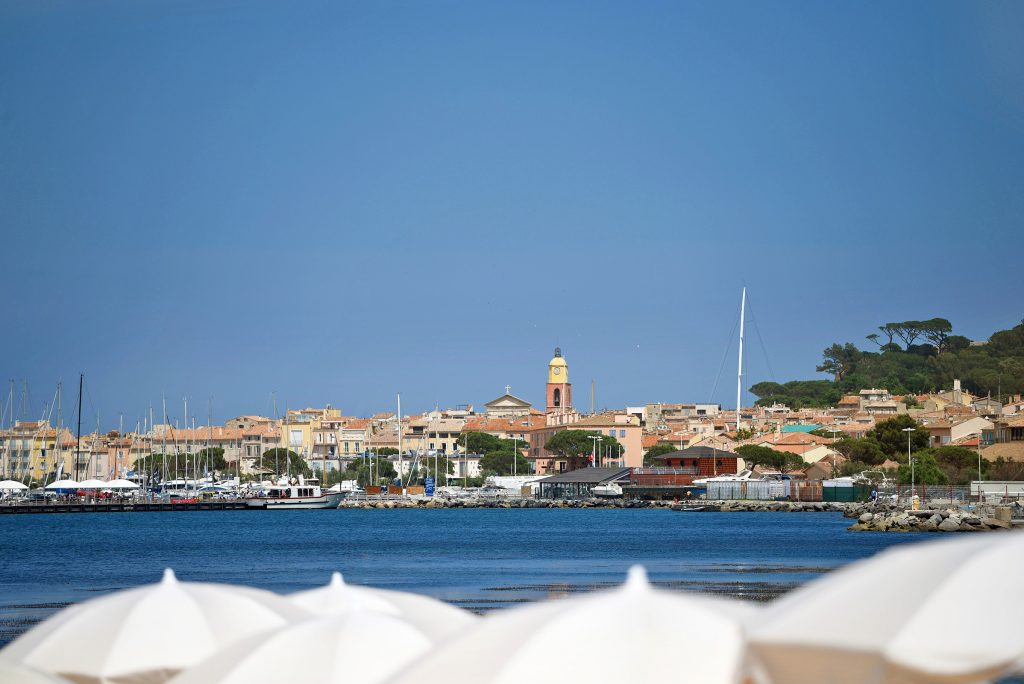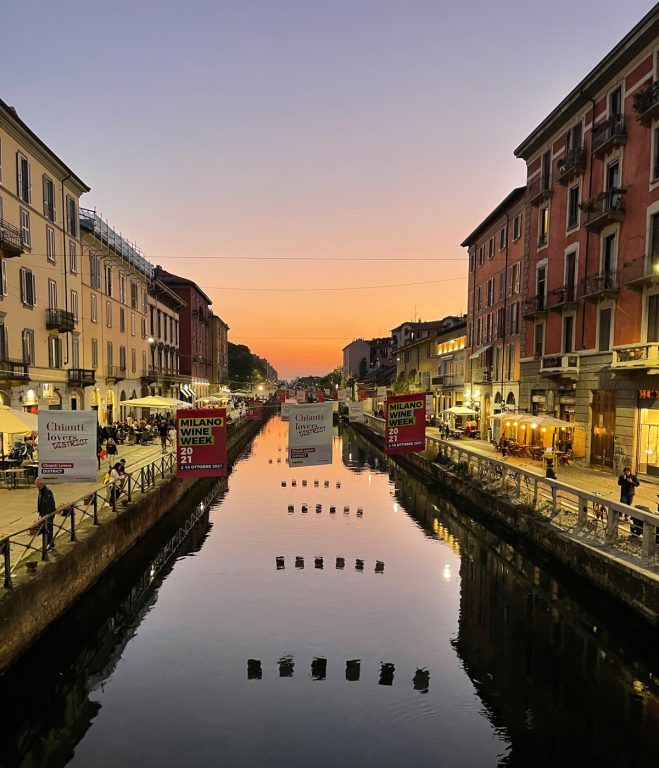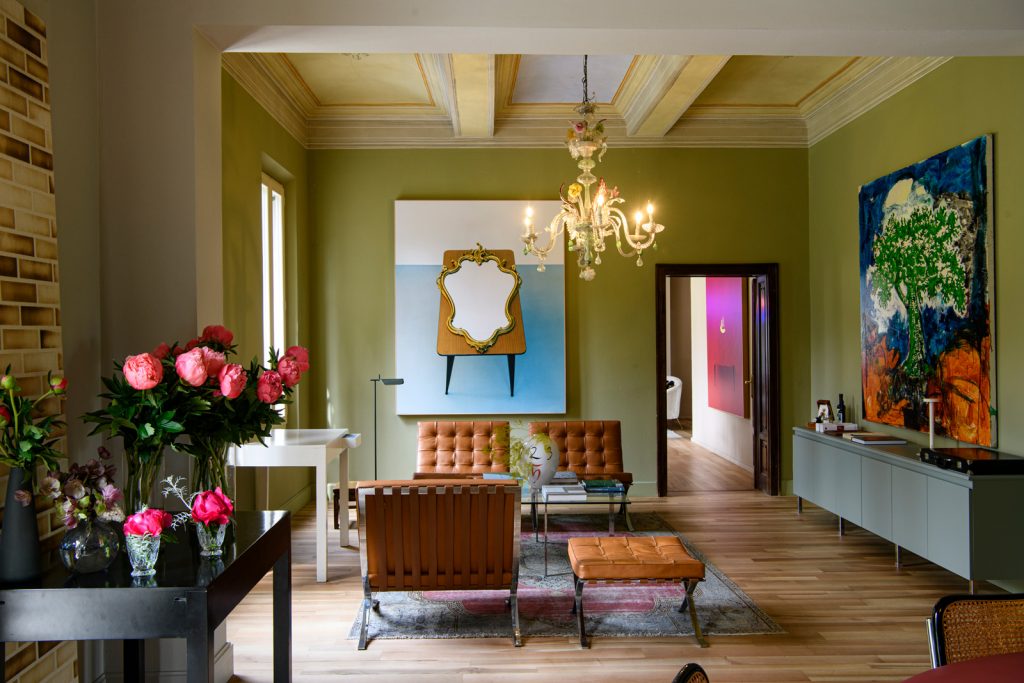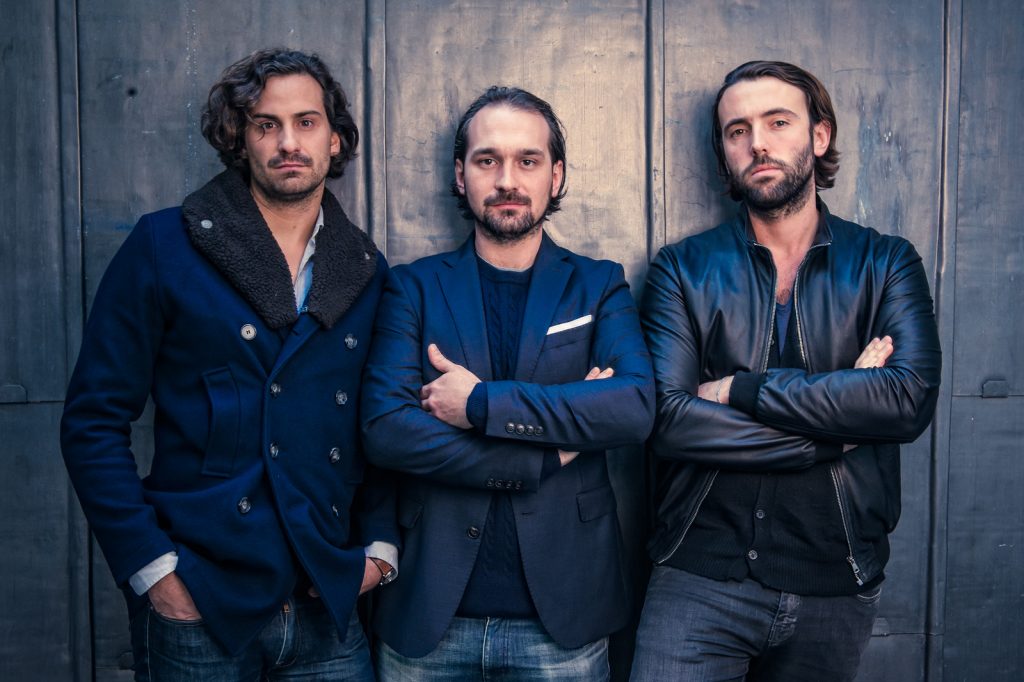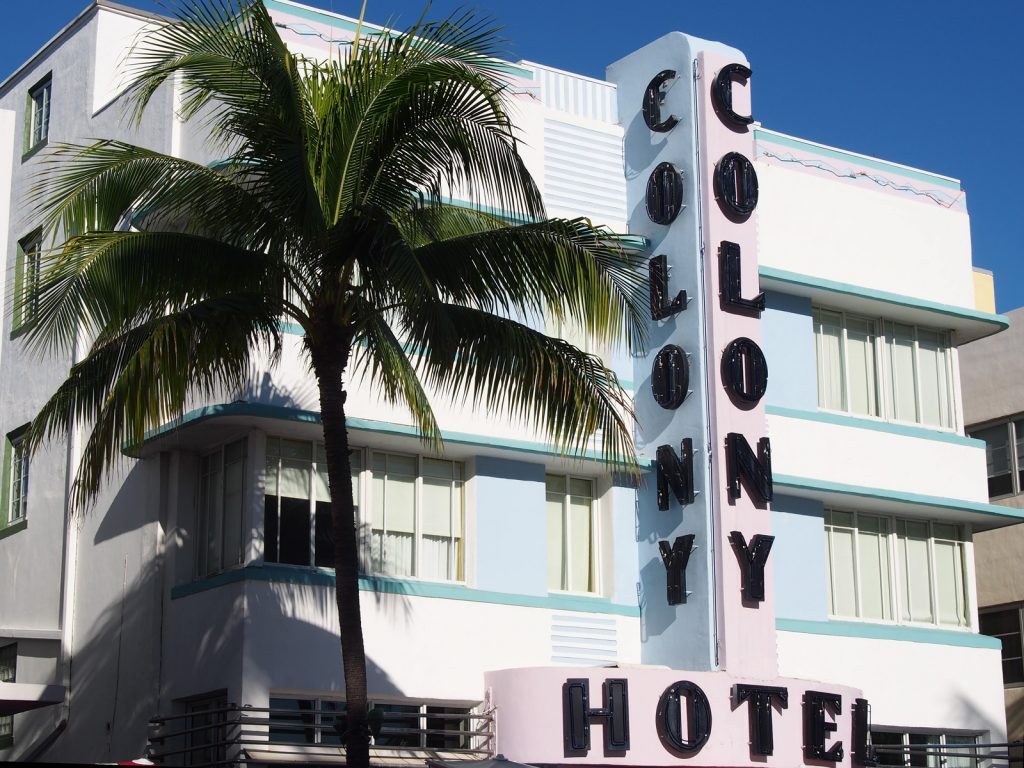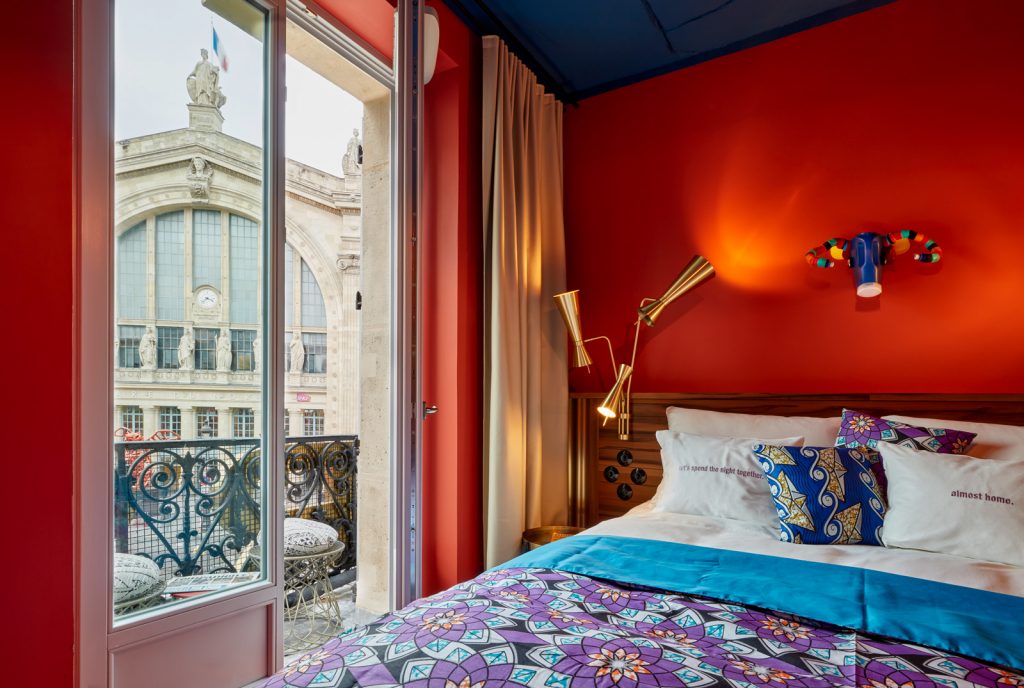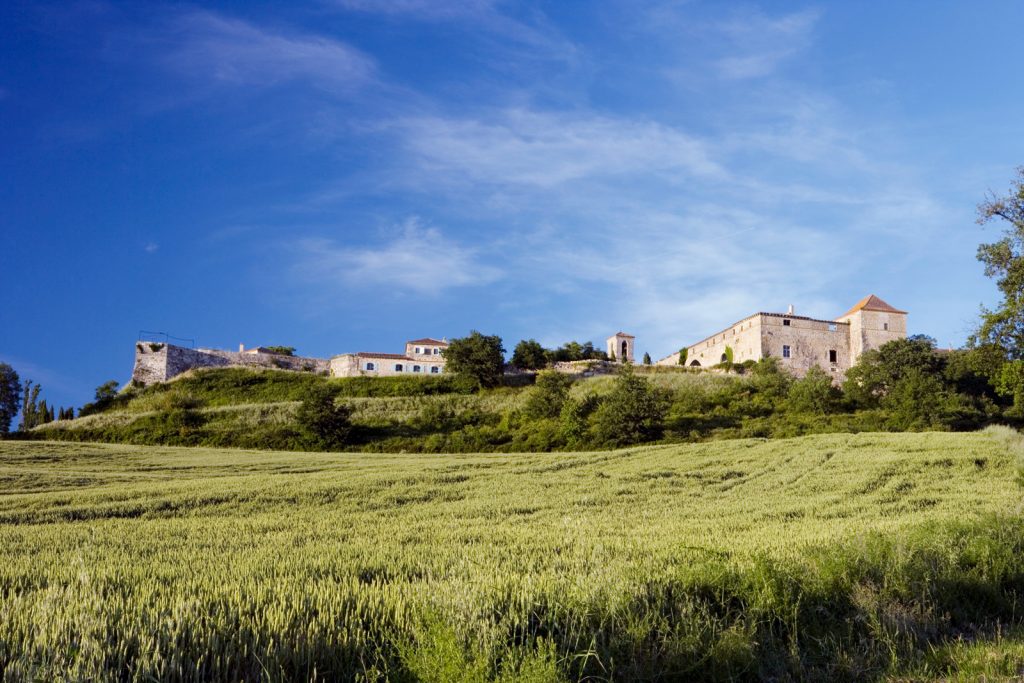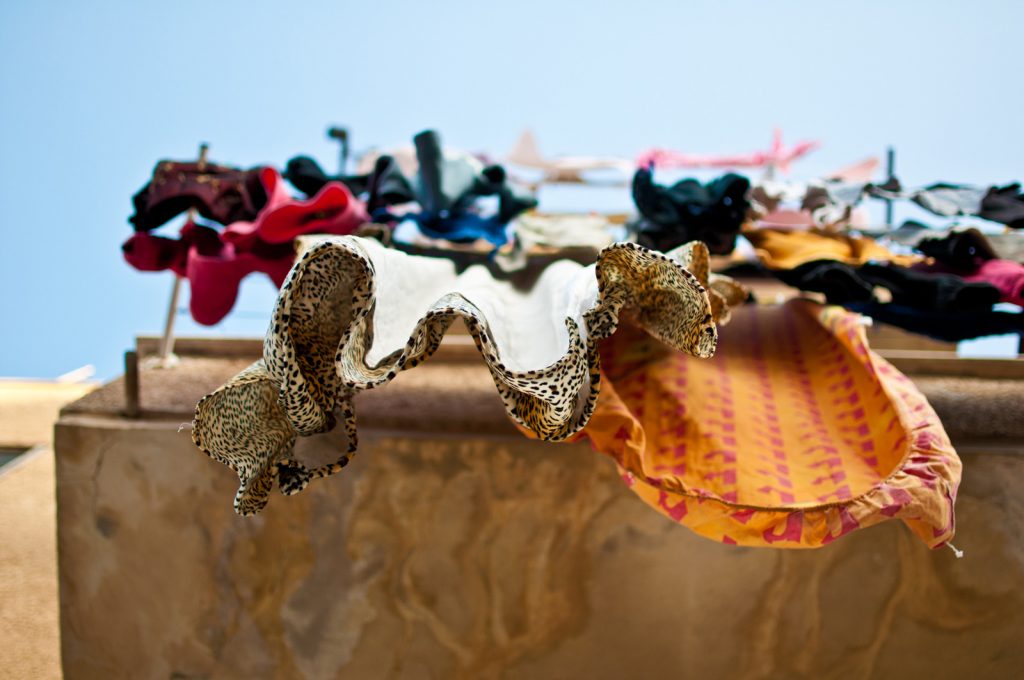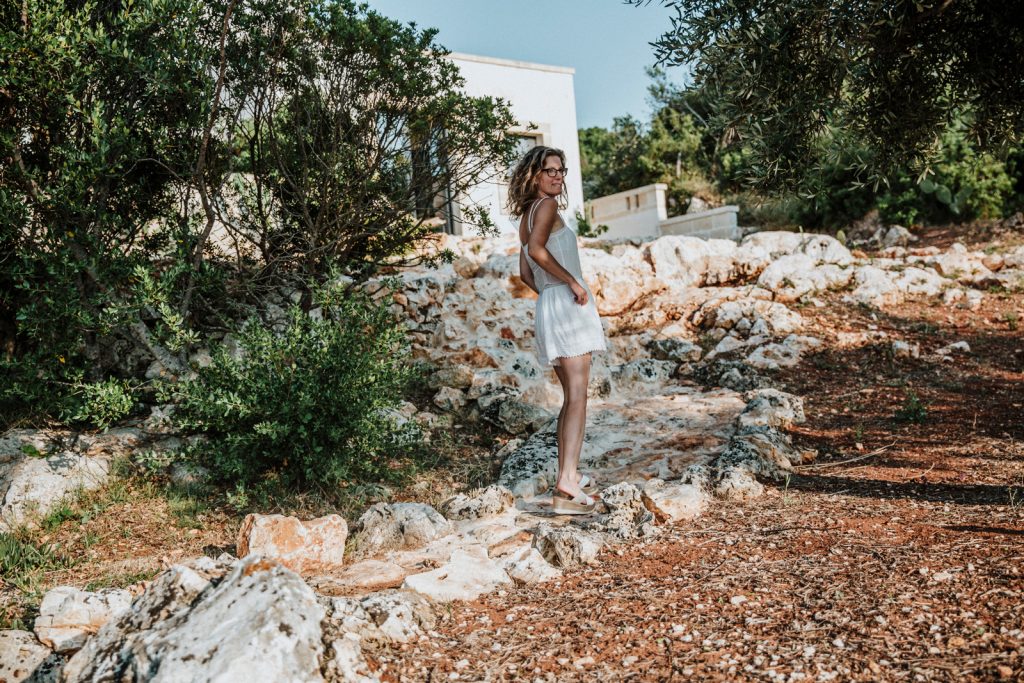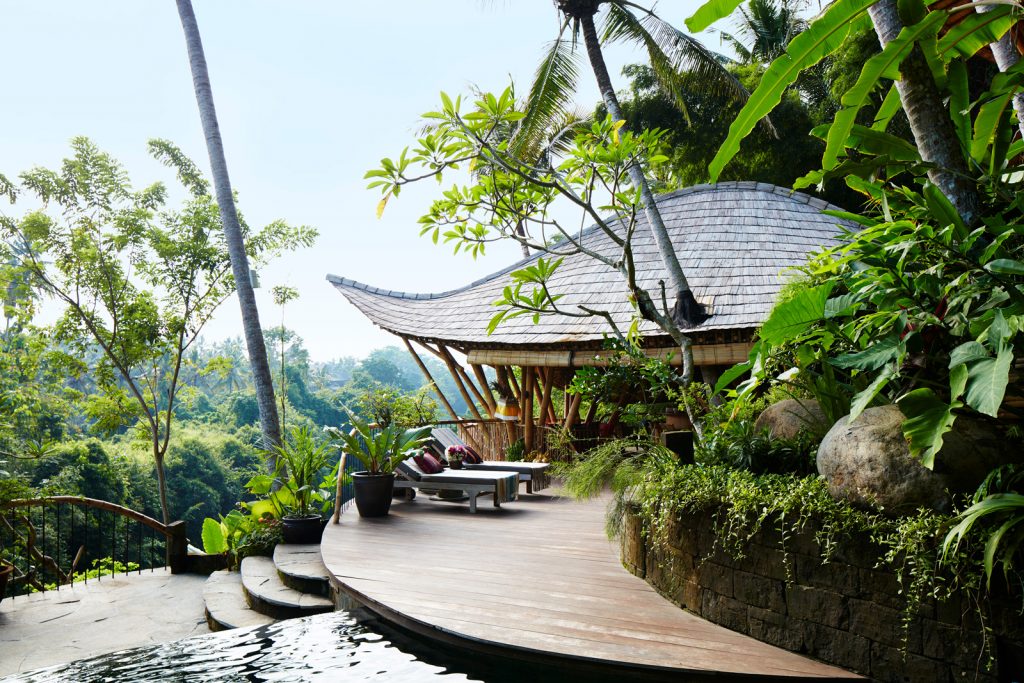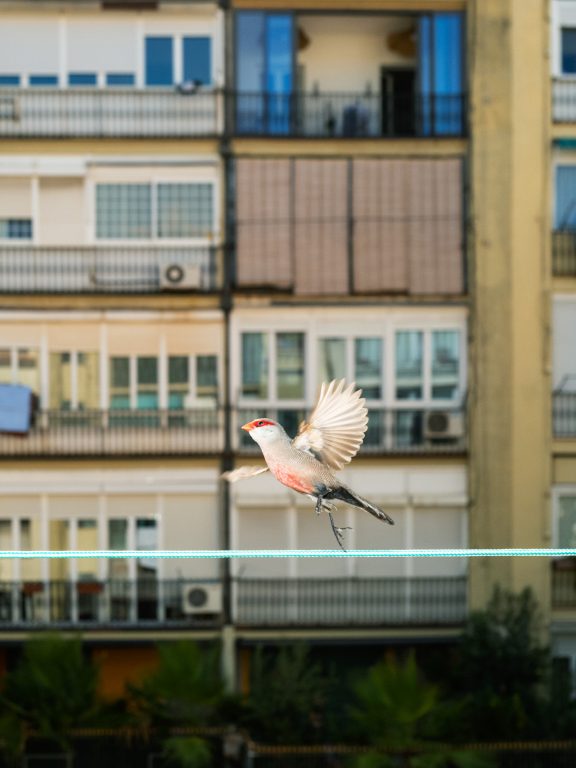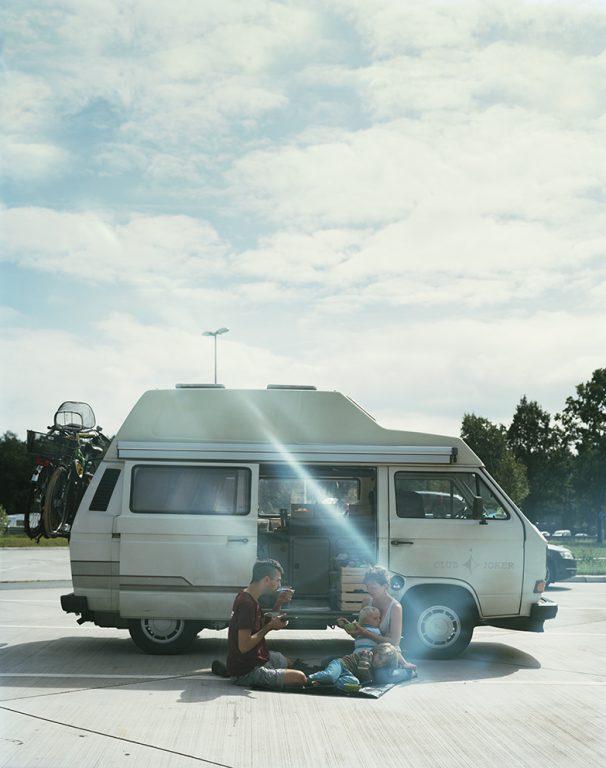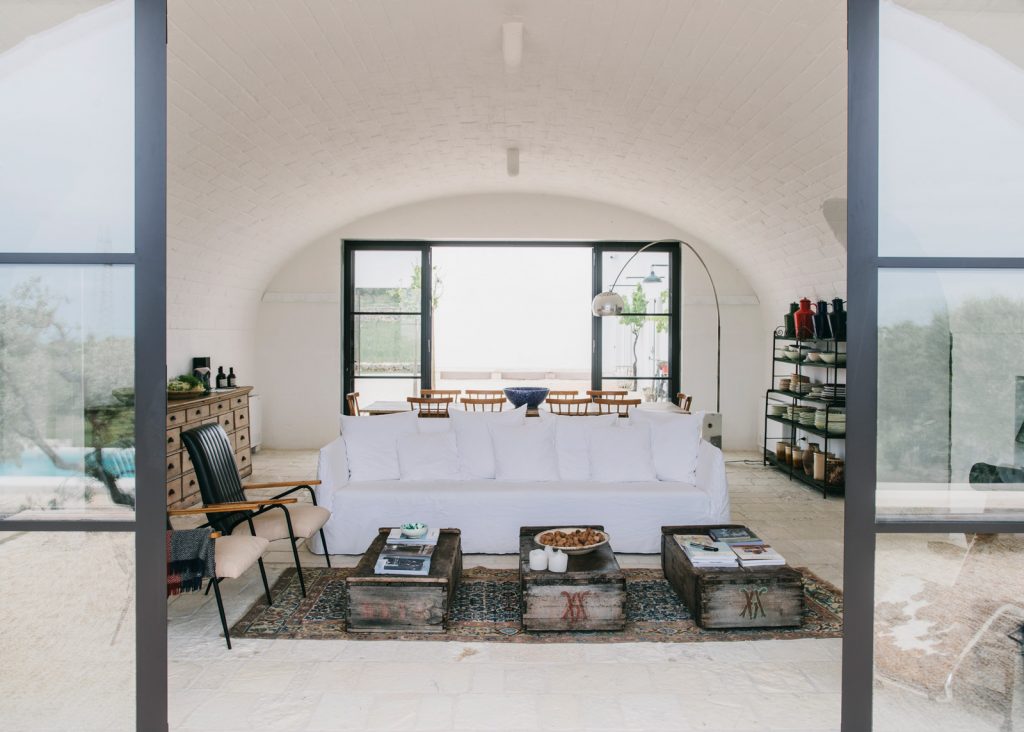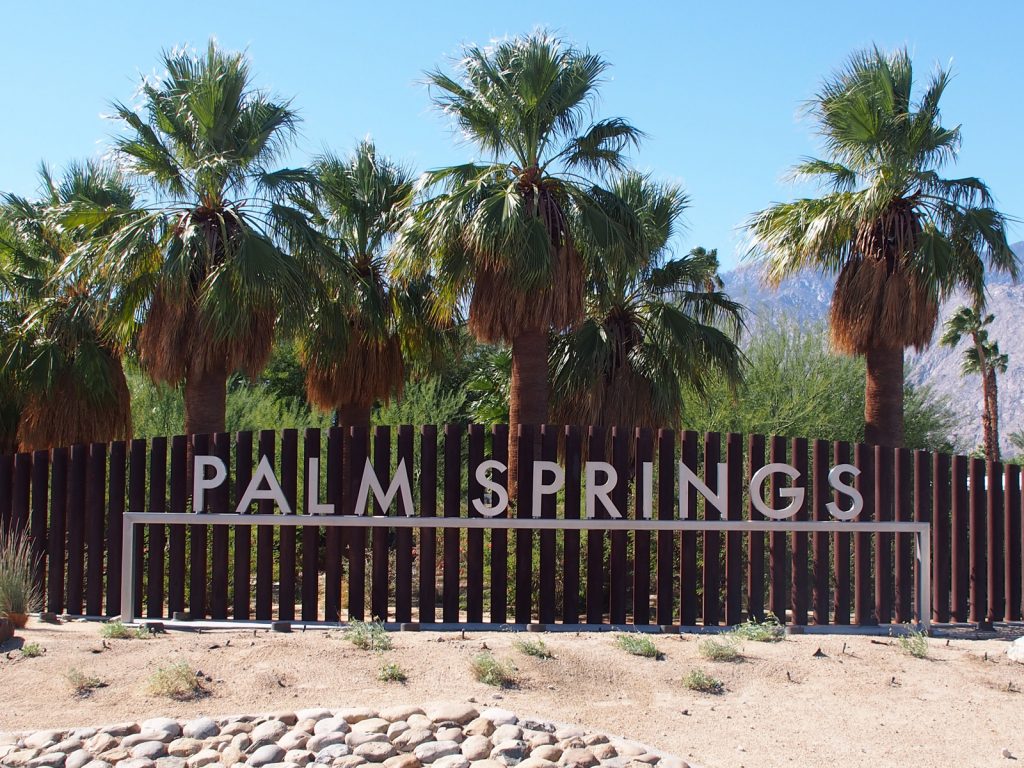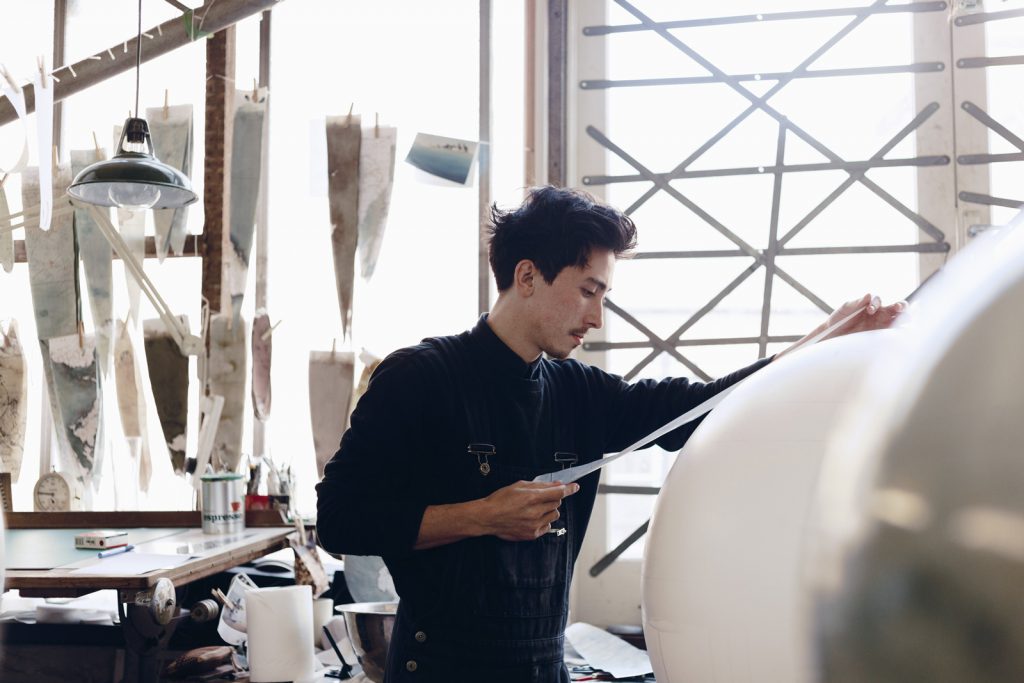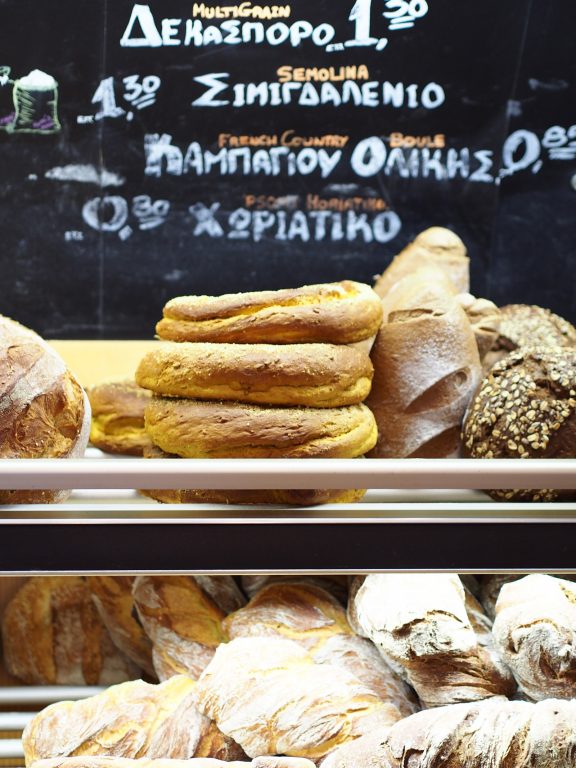THE OTHER ALGARVE
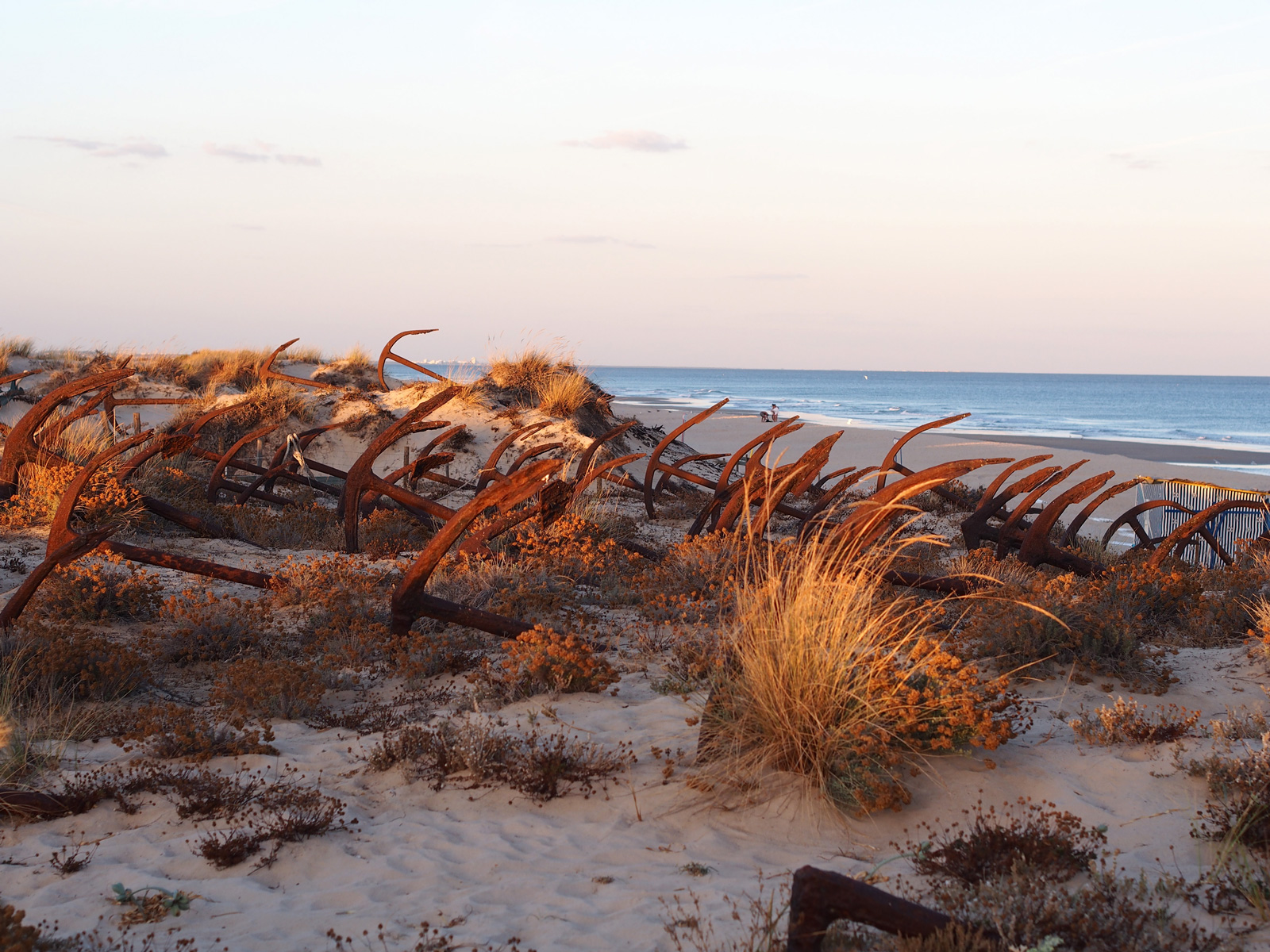
Itinerary
The other Algarve
The south of Portugal, especially its coast, is one of the favorite destinations of sun-seeking vacationers. But while the strongholds of tourism are located west of Faro, east of it there is a still unknown stretch of land to discover.
February 2021, Reading time: 12 minutes
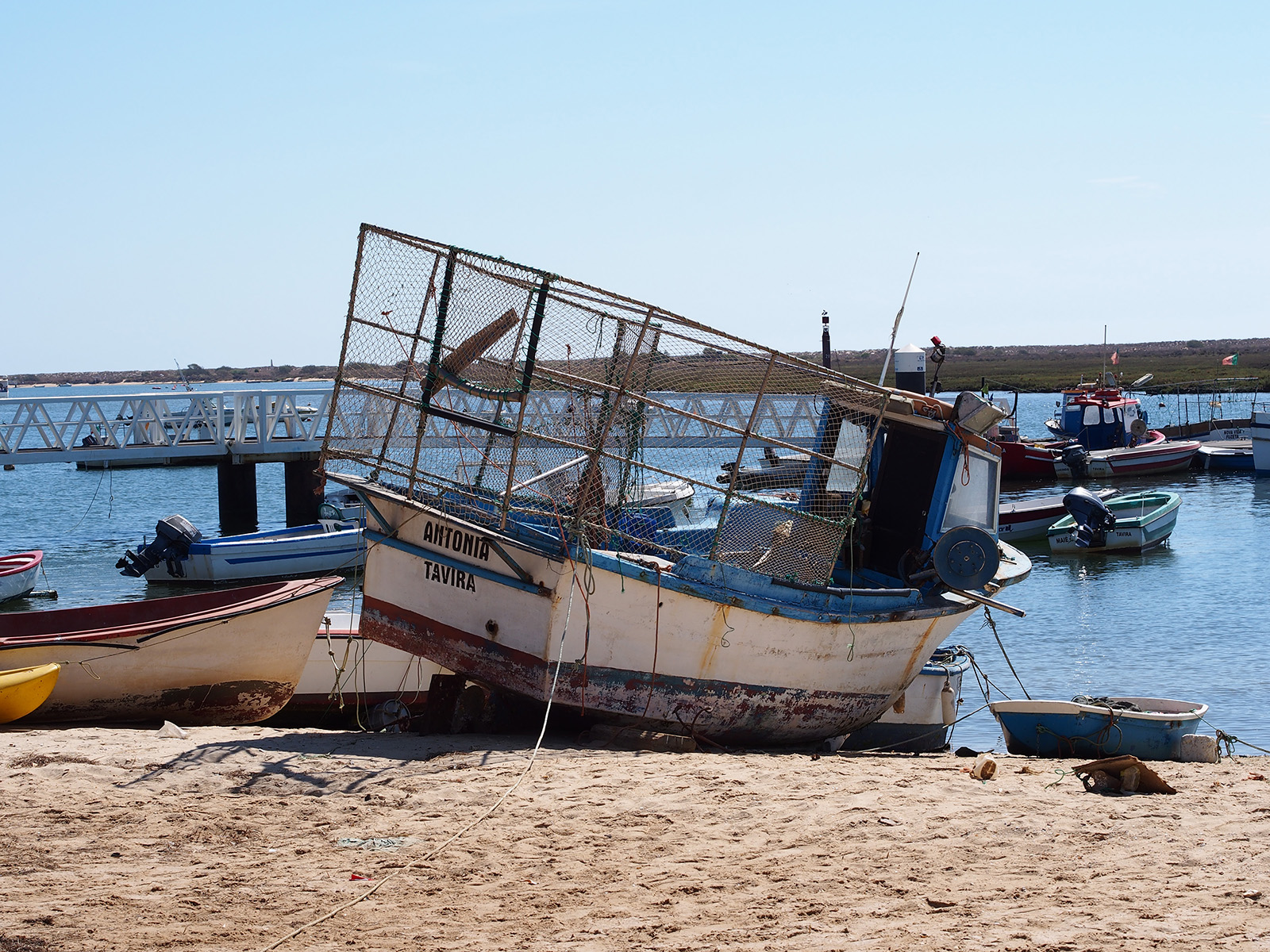
At the height of summer, Faro’s small airport resembles that of a major city – at least in terms of passenger volume. People landing from London and Liverpool, Warsaw, Brussels or Düsseldorf have their golf bags, their inflatable rubber boats and their children with them. Queues form in front of the rental car counters, and traffic backs up at the slip road to the highway. Then, however, the ways separate. Many, in fact almost all, drive west to the well-known seaside resorts of Albufeira, Carvoeiro or Armaçao de Pera with their hotel castles and golden sandy beaches. A few take the N 125 highway in the other direction, heading east to the Spanish border.
The area called Sotavento (“slipstream”) is still largely undiscovered. English is a real foreign language there, and a hotel is not automatically a resort with a golf course and spa. However, Olhão is home to the largest fishing port in the Algarve. The small town of just under 15,000 inhabitants is less than a 30-minute drive from Faro’s airport, but hardly anyone who has reached for their suitcase in the crush at the baggage carousel seems to go there.

Not only beautiful at dusk: view over the white roofs of Olhão.
Olhão originated in the 17th century as a fishing village with thatched huts; it wasn’t until 100 years later that the first stone houses were built along Moorish lines. The cube-like, whitewashed cottages with flat roofs and terraces still stand, crumbling away in quiet beauty. Some are roofless ruins, some have been bought by foreigners and renovated in exemplary fashion. The best example is the Hotel Convento, gleaming white inside and out, with its idyllic patio, roof terraces and nine rooms furnished with simple chic. The four owners include the architect couple Eleonore Lefebure and Felipe Monteiro, who have also bought and renovated other ruins in the old town all around. What they don’t occupy themselves is rented out to vacationers, who can thus enjoy a vacation apartment in the narrow streets of the Barreta (old town) – ideally with a roof terrace.
Olhão scores with the faded, morbid and extremely endearing charm of those places that no one cares much about – be it out of disinterest, be it out of lack of money. In any case, hardly anything here has been disfigured, modernized, or spiced up. At best, the large and very funny metal figures of the O Caminho dos Lendas (Legends Path), which were erected with EU money and are located at various points in the old town, are conspicuous. Once you’ve wandered them off, there’s not much else to do in Olhão except visit the Gustave Eiffel-designed market halls, stroll through lonely alleys, and sip a glass of cool Algarve white wine under the awning of the Casa de Pasto restaurant on pretty Praça Lopez. And so this is the perfect place for a relaxed, lazy weekend.
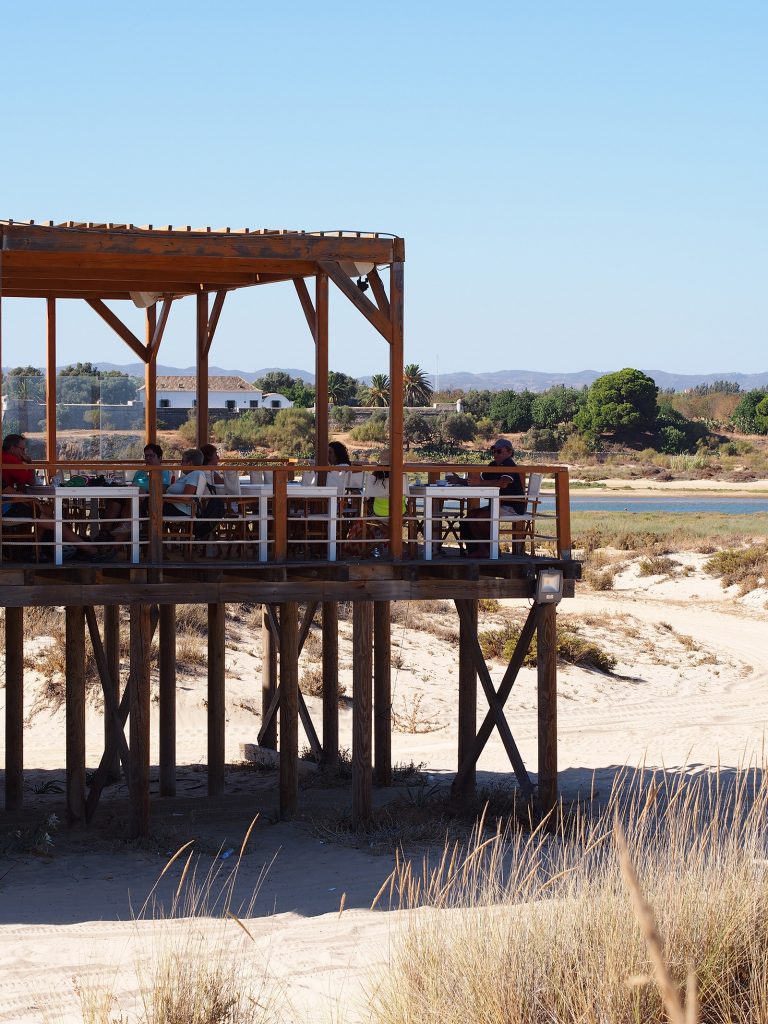
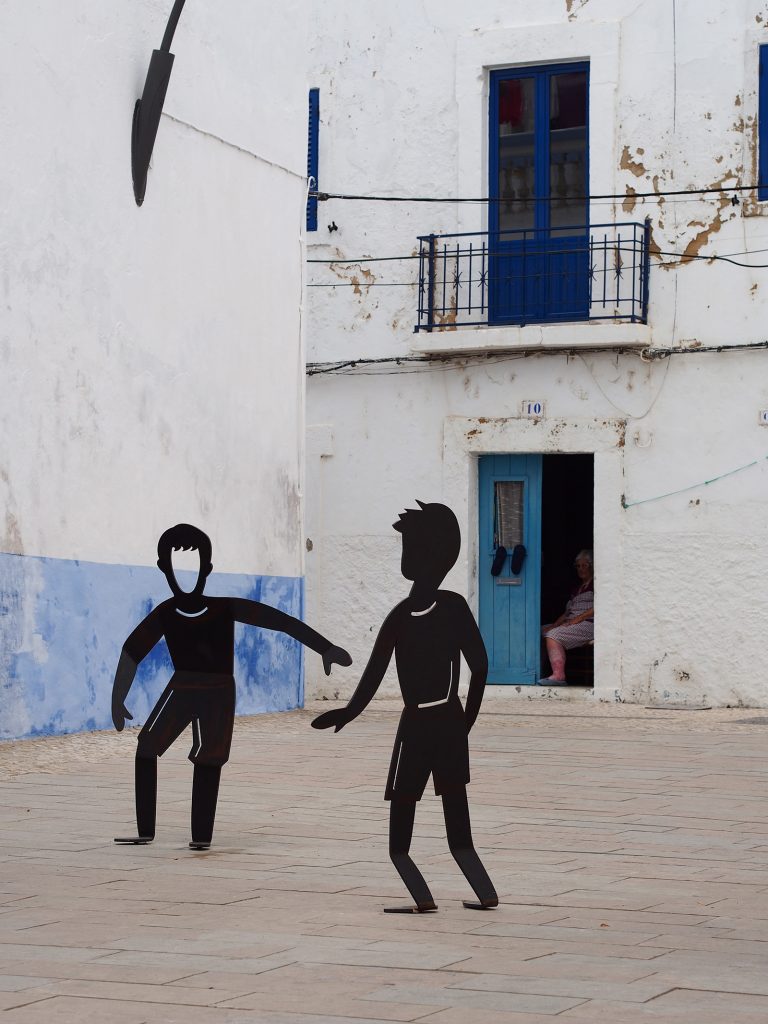

Beach restaurant at Cabanas Beach, metal figures of O Caminhodos Lendas in Olhao, alley in the village of Cabanas.
However … Almost on the doorstep is the protected Ria Formosa Lagoon, a natural patchwork of waterways, lagoons, sandbars and islands with fantastic beaches. Flamingos live here, as do dolphins and even the now rare seahorses. The island villages of Farol and Armona are firmly in the hands of wealthy Portuguese who have transformed the former fishermen’s huts into bougainvillea-covered vacation cottages. But in front of them stretch kilometers of sandy beaches, some equipped with deckchairs, umbrellas and bars, while others are unspoiled and deserted. On Ilha Deserta, there is nothing but sand, crystal-clear water and the new, chicly designed Restaurante Estaminé with excellent fish cuisine. Culatra, a fishing village, is particularly atmospheric. The ferry there glides leisurely along the Rio Bello, with a few housewives on board who have done their weekly shopping in Olhão and are now heading home with bulging trolleys.
Children jump into the sea from the long wooden pier; tanned men sit on sky-blue plastic chairs playing dominoes at Café Janoca on the sandy shore road. When asked, they vaguely point the way to the beach, and they would probably know someone who rents out rooms, but they don’t speak English. The beach can’t be missed anyway: It stretches along the side of the island that lies on the open sea and is so extensive that the boundaries are lost in the haze. No jet ski rental company, no beverage vendor, no flying merchant disturbs the peace and quiet. Since the only bathing establishment was washed away by a storm wave, there are also no more deck chairs, so that one lies now in the fine sand between the dunes or in front at the water. From there, isolated fishermen can be seen wading waist-deep in the sea, dragging their net boxes behind them. The squid and mussels caught in this way will be served in the evening at Café Janoca, along with a deep red tomato salad and a cool Sagres beer.

Typical Algarve snack: iced white wine and toasted bread with anchovies.
A bit more city life is offered by Tavira, according to connoisseurs the most beautiful city in the Algarve, a fact that has not gone unnoticed by other travelers. Nevertheless, tourism is limited. Although German, English and French words can be heard on the terraces of the Pastelaria Veneza or Pastelaria Romana, cafés on the central Praça da Republica, the Portuguese greetings “bom dia” or “tudo bem?” dominate. There are few hotels, certainly no large ones, but all the more churches and an armada of fishing boats moored on the quay of the Gilão River. Directly on the shore is the Mercado da Ribeira market hall, built in 1887, an enchanting wrought-iron structure that has undergone extensive restoration and now houses arts and crafts stores and restaurants. The so-called Roman bridge, which was actually built in the 12th century under Moorish rule, leads to the other side of the river, almost directly into the ever-long Rua Almirante Cândido dos Reis, where the house facades are covered all over with azulejos, sometimes in classic blue and white, sometimes in delicate shades of yellow, apricot or rosé.

Tavira’s ancient Roman bridge crosses the Rio Gilão.
If you are fit enough, you can rent a bicycle and ride between endless salt ponds to the Gilão estuary by the sea. There, not only the Marisqueira 4 Aguas with fantastic seafood and terrace awaits but also a white-blue wooden barge that translates in barely five minutes to the Ilha da Tavira with miles of powdered sugar beach. East of Tavira there are many delightful places to discover. The pretty village of Cabanas on the Ria Formosa, for example, once a tuna fishing center, is now a quiet, sleepy vacation village. Or the even smaller Cacela Velha, with barely two handfuls of Algarve houses, a church and a fort – all nicely set around a cobblestone square on a hilltop. From up here, you can see the offshore sandbars of Fabrica. At low tide you walk across through the mudflats, at high tide you just stay on the shore. It usually only takes a few minutes for a fisherman to come and take you to the islands for a euro.
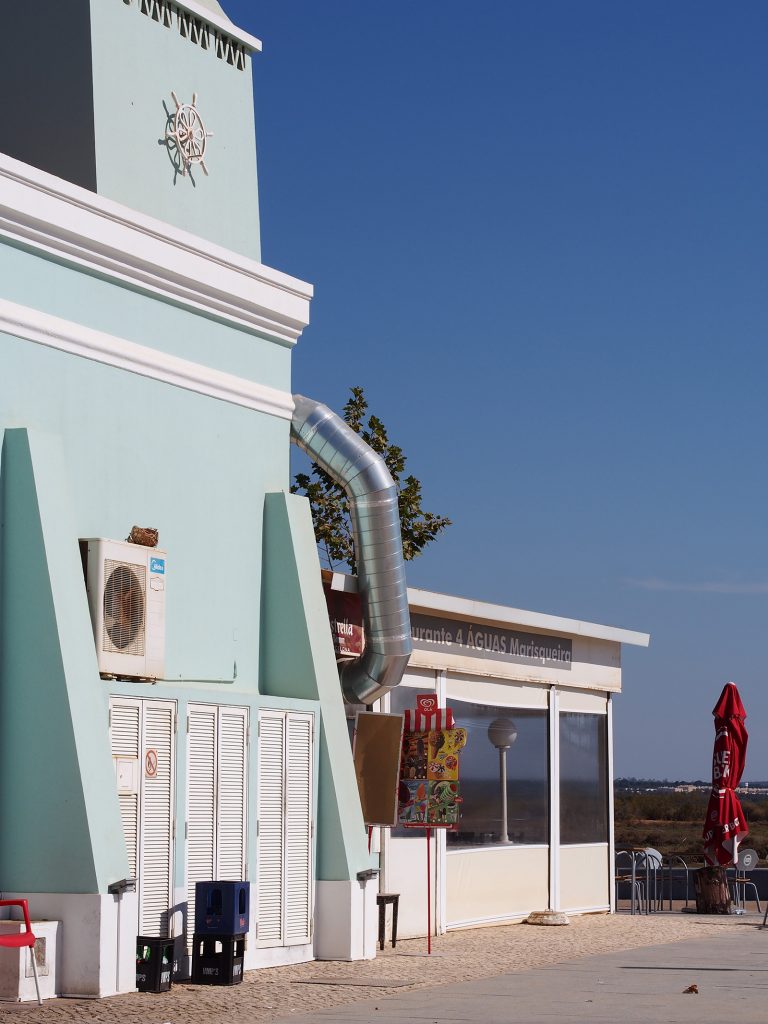
Best seafood:
Marisqueira Quatro Aguas at the mouth of the Gilão.

All delicious:
daytime specials at Casa de Pasto in Olhão.
But the most attractive is the bright white fishing village of Santa Luzia, Portugal’s octopus capital. You should book a table early at the Casa do Polvo Tasquinha restaurant, which has walls covered with azulejos and a waterfront terrace that doesn’t take reservations and is highly rated by locals. The best-sellers on the menu are the octopus braised in the oven by patron Eduardo. Order a carafe of light, fruity white-wine sangria to go with it, then head to neighboring Pedras de El-Rei and from there on a tiny vintage train to Praia Barril, where about 80 tuna fishermen once lived. Their simple houses and warehouses have been renovated and turned into cafes and changing rooms. In the dunes behind the beach lie their now rusty and half-silted anchors – the “Cemeterio das Ancoras” (Anchor Cemetery) looks like a memorial and an art installation at the same time.
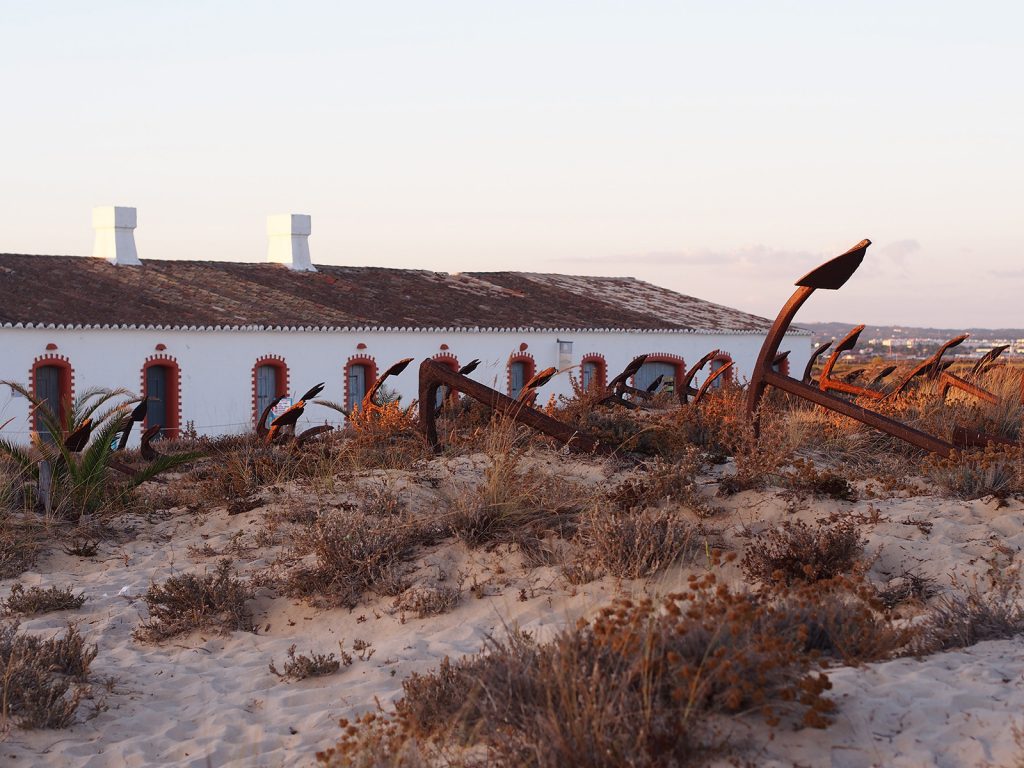
After the fishing industry came to an almost complete standstill due to dwindling fish stocks, the eastern Algarve is now also focusing on tourism. However, tourism is slow to take off, even though a number of lovingly and tastefully designed boutique hotels have opened in recent years. Apparently, most vacationers still prefer the often overcrowded beaches of the western Algarve, as well as the round-the-clock entertainment program offered there. For the few others who have spread out their towel at Praia Barril, that’s just fine. They hope that the heavenly tranquility will remain with them next summer.
Hotels
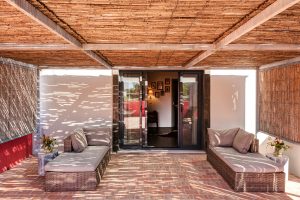
Fazenda Nova
A London couple has carefully renovated a former country estate in the hilly hinterland of Olhão and Tavira and furnished it with great taste. Most of the ten differently styled rooms and suites have private terraces; shared facilities include a saltwater pool, extensive reading materials, and a beautiful restaurant.
fazendanova.eu, starting from 200 euros

Vila Valverde
Not far from Praia de Luz and at the end of a driveway stands a lovely 19th-century country house flanked by olive trees. It houses an elegant design hotel that skillfully combines old building fabric and contemporary details. Guests have 15 individually decorated rooms, plus indoor and outdoor pools, spa, and a lovely terrace. vilavalverde.com, from 127 euros

Convento
Built in 2015, this enchanting nine-room B&B with rooftop terraces and pool is in Olhão’s old town. There’s no nameplate at the entrance and a no-shoes policy in the house. Instead: strict white in all rooms, stylish decor, and a very good breakfast served at a long communal table.
conventoolhao.com, from 100 euros

Quinta dos Perfumes
Agro-turismo opened three years ago in the middle of a sprawling orange plantation. Six large, sleek studios with kitchenette and terrace, pool, wifi, very tasty breakfast. You can reach the coastal village of Cabanas with the in-house bicycles.
quintadosperfumes.pt, from 90 euros
Pousada do Convento da Graça
This lemon-yellow 16th-century convent is built around an atmospheric porticoed courtyard; breakfast is served under the arcades. Some of the 36 rooms are housed in former monk’s cells, some have balconies, and all are furnished with timeless elegance. Rua Dom Paio Peres Correia, tel. +351 281 329 040
pousadas.pt/en/hotel/pousada-tavira, double room from 195 euros
Tavira House
Charming nine-room hotel housed in a 160-year-old mansion within shouting distance of the castle. You sleep in modernly furnished rooms with white walls and wooden floors; each room is dedicated to a flower and decorated with appropriate color accents. Rua Dr. Miguel Bombarda 47. tel. +351 281 370 307, double rooms from 85 euros


